10 Ways to Keep Your Lawn Green

10 Ways to Keep Your Lawn Green
In most climates and areas, there are going to be times during the year where it is more difficult to keep your grass lush, vibrant, and green. We are here to help you through those times.
Here are our ten best tips for keeping your lawn green, no matter what the weather is like.
1. Train Your Lawn

Our first fundamental step to keeping your lawn green is to actually train it to develop a deep root system. This will ensure that the roots are strong enough to get the grass through the hot, dry summer months.
To do this, we recommend giving your lawn long soaks about two or three times a week.This will create stronger roots than if you watered the grass for a short amount of time daily. Over time, the roots will become less dependant, and will become stronger and deeper.
2. Know When and When Not to Water

When is the best time to water your lawn?
We recommend watering the grass first thing in the morning regularly, rather than in the afternoon or evening. This gives your lawn a change to actually absorb the moisture, go through the process of photosynthesis, and grow well.
Your grass of course requires natural sunlight for photosynthesis to happen, so if you water it later in the day or at night, the grass can’t make use of the water it is being given at the time. Nighttime watering can also bring about lawn disease, because the environment it’s growing in is so damp and dark.
You may also think it makes logical sense to water grass during the hottest part of the day. However, when you water during those times it actually allows most of the water to evaporate before the grass can absorb it.
3. Put Your Lawn on a Diet
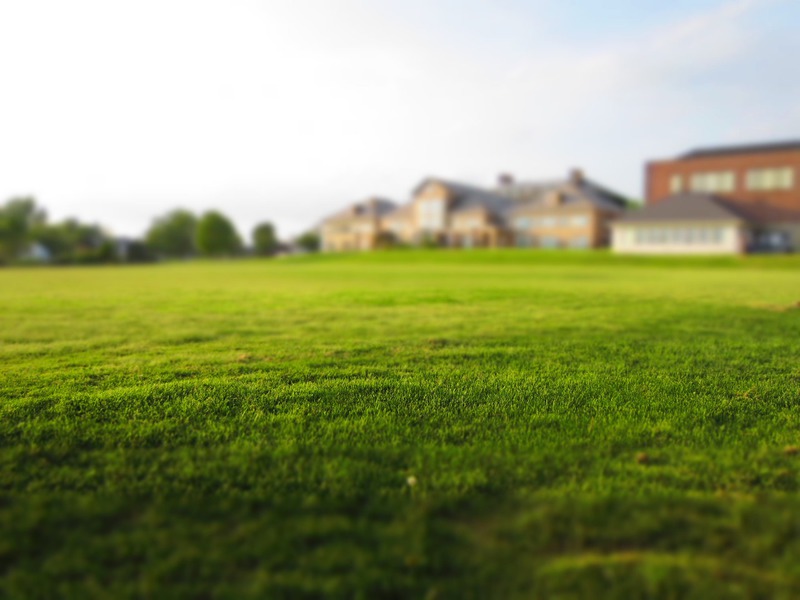
Make sure to feed your lawn regularly. Just like any other plant life, your grass needs regular nutrients to stay happy, healthy, and green.
Here are some fantastic tips for fertilizing your lawn in the best way possible.
4. Water the Right Places
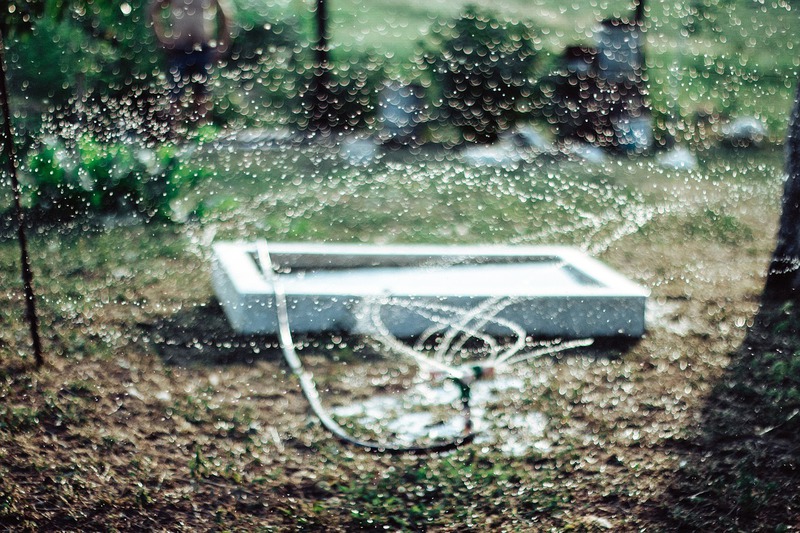
While it is somewhat obvious that the grass is the aspect of your yard that needs to be watered, sometimes your hose/sprinkler/watering system isn’t targeted for the parts of your backyard that need it the most.
Make sure whatever system you use for watering your grass is meant for the appropriate size and shape of your lawn. This ensures that you are saving time, money, and water by not watering unnecessary parts of your yard.
5. Watch Out for Runoff
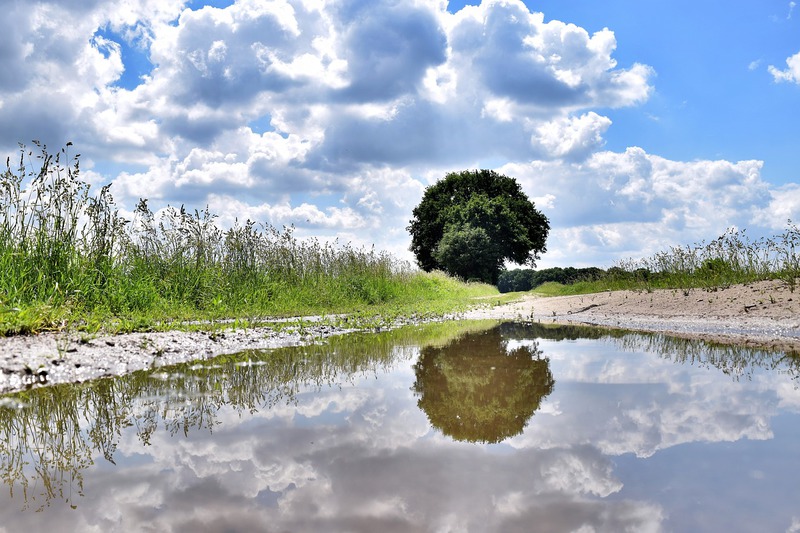
Look out for water that starts to puddle up or become runoff. If you begin to notice this when your lawn is being watered, you may need to adjust how its being watered or where the system is in your yard.
Another solution is to give your lawn a decent soak, then turn the watering source off for about 20 minutes to allow the water to soak in. After that you can turn it back on again.
6. Aerate Your Lawn
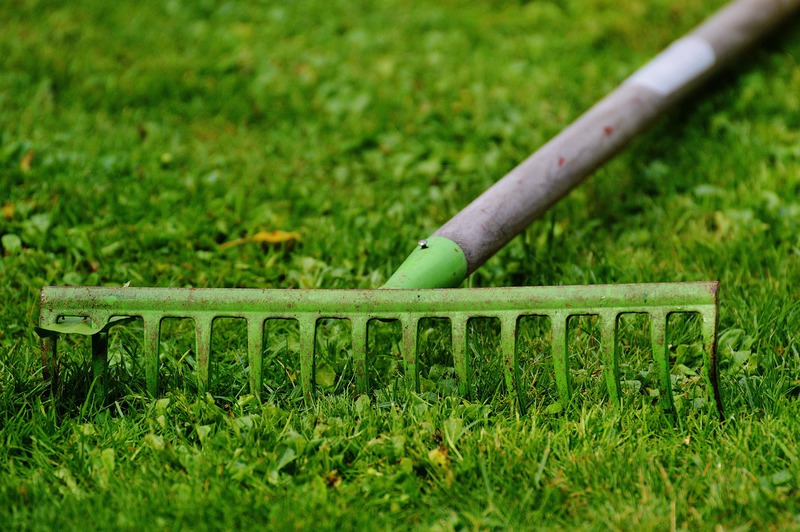
Just like any other plant, the grass in your yard needs oxygen.
The easiest (and least expensive) way to aerate your lawn is to simply push a garden fork into the ground at about 15 cm intervals over your entire backyard. However, if you have a yard over an acre or two, you may want to consider hiring a machine for the job instead.
With an aerated lawn, your grass and soil will be much better at absorbing water and preventing runoff.
7. Weed Regularly
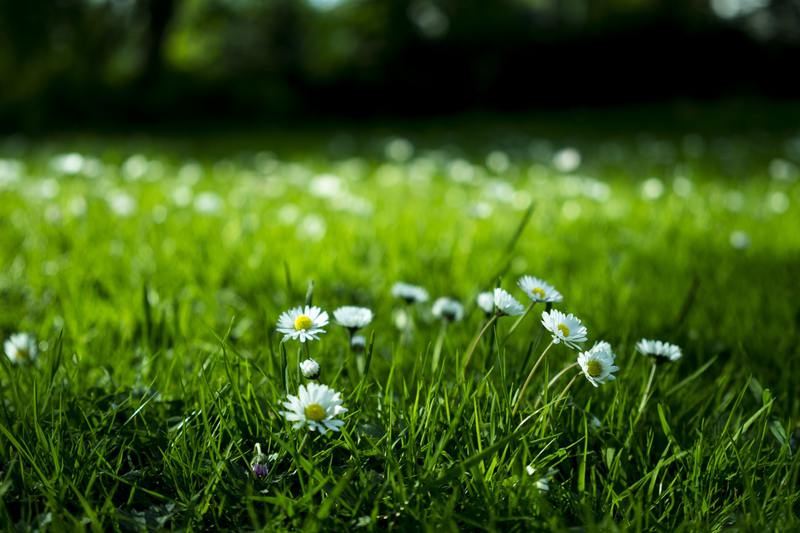
This may seem obvious, but weeding your garden is an important step in keeping your lawn looking its best.
Try to control the small patches of weeds right when they begin to grow, and keep on them frequently. This is far less damaging then spraying your entire backyard with a weed killer. You can do this with your hands or a weeding fork.
However if you do have too many weeds for the manual method, try to spot treat your lawn with weed killer. If you simply focus on the affected area, it won’t cause as much or any damage to your lawn.
8. Always Make Sure You Use Cold Water on Your Lawn

If you are using an outdoor hose for your watering, make sure that you aren’t leaving water in it when you are done using it. The water left inside will heat up quickly and actually scorch the blades of grass.
To prevent this, either always make sure to drain your hose when you’re done using it, or spray it quickly elsewhere to get rid of the hot water inside before you use it.
9. Be Flexible
For those of you that have a timed, automatic watering system – make sure that you manually turn it off in the event of heavy rain or storms. This prevents your lawn from being overly watered, which could cause some serious damage.
10. Mowing

Last but not least, be careful about how short your grass is being cut with your lawn mower.
During the hot summer months, you want to ensure that you are giving the grass enough height to stay green and lush. Raise up the cutting height of your mower a bit to keep it looking a little less brown. By doing this you are helping the grass dry out less quickly, and protecting the roots.
There you have it! Ten of our top tips for keeping your grass green and thriving this year. If you have additional questions about these processes or other landscaping advice, contact us and/or your favorite landscaping contractor.





